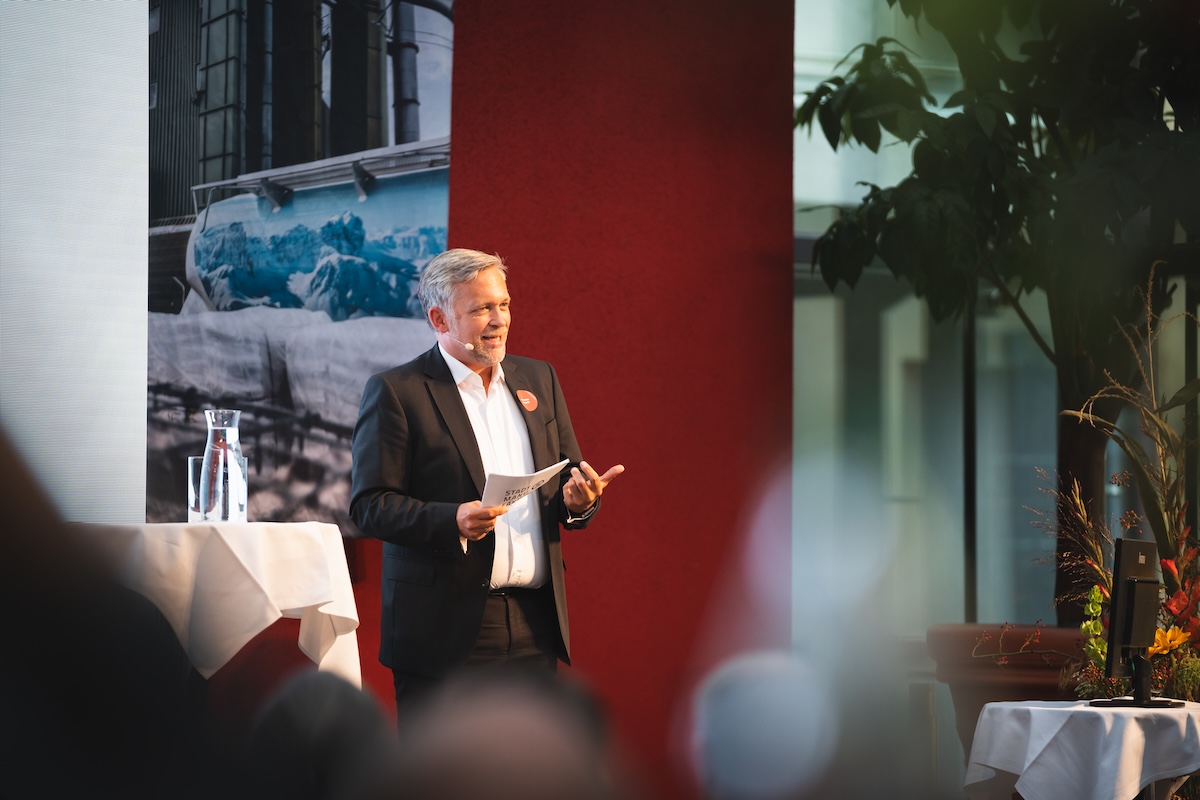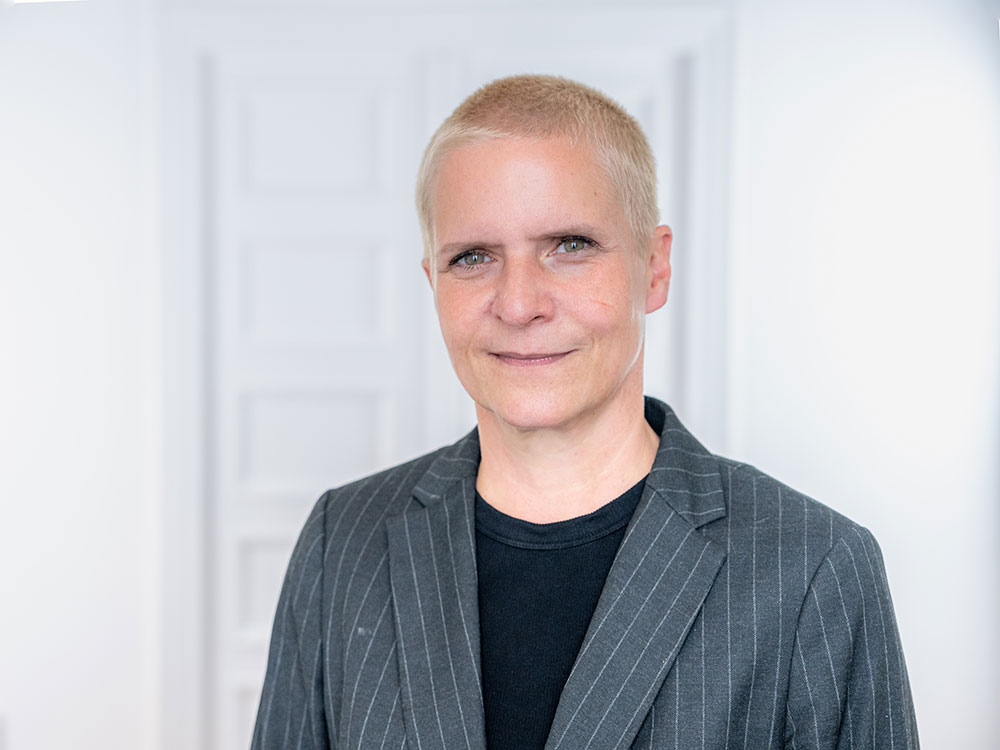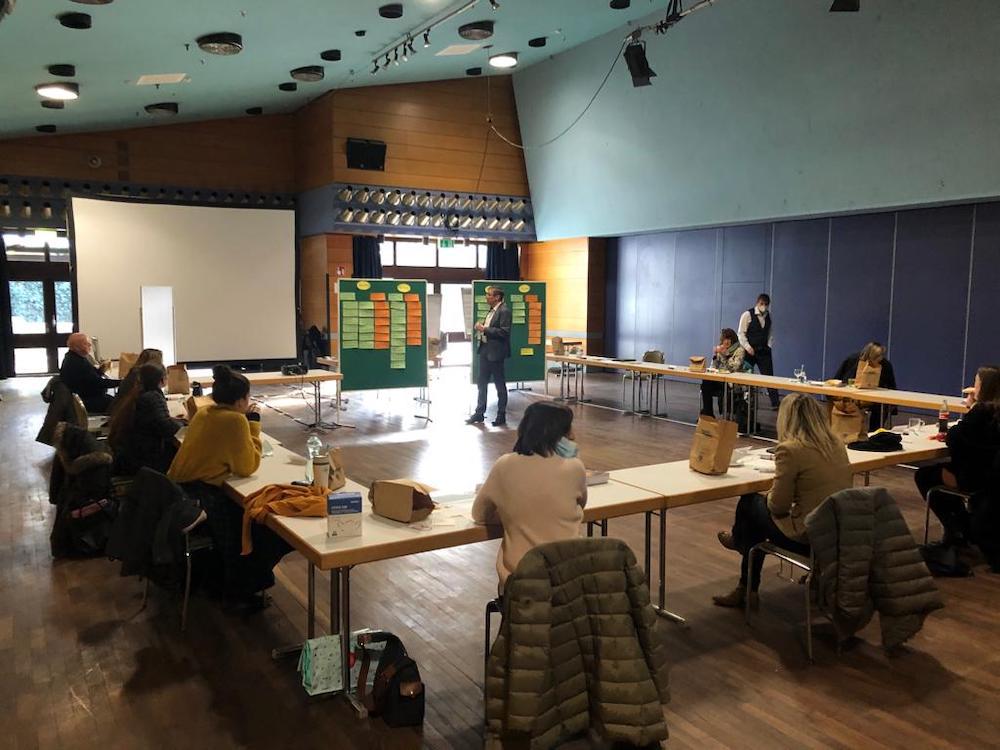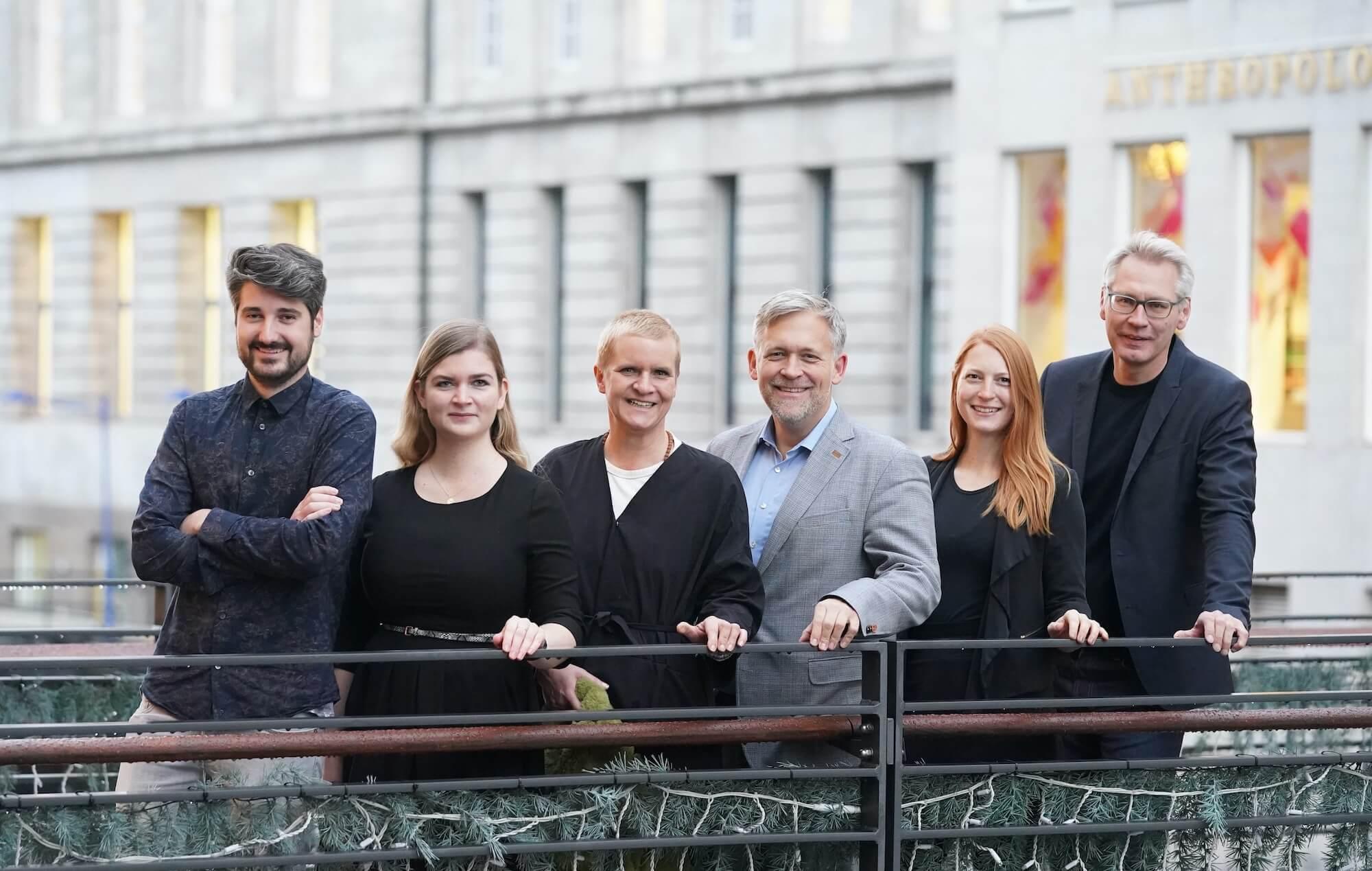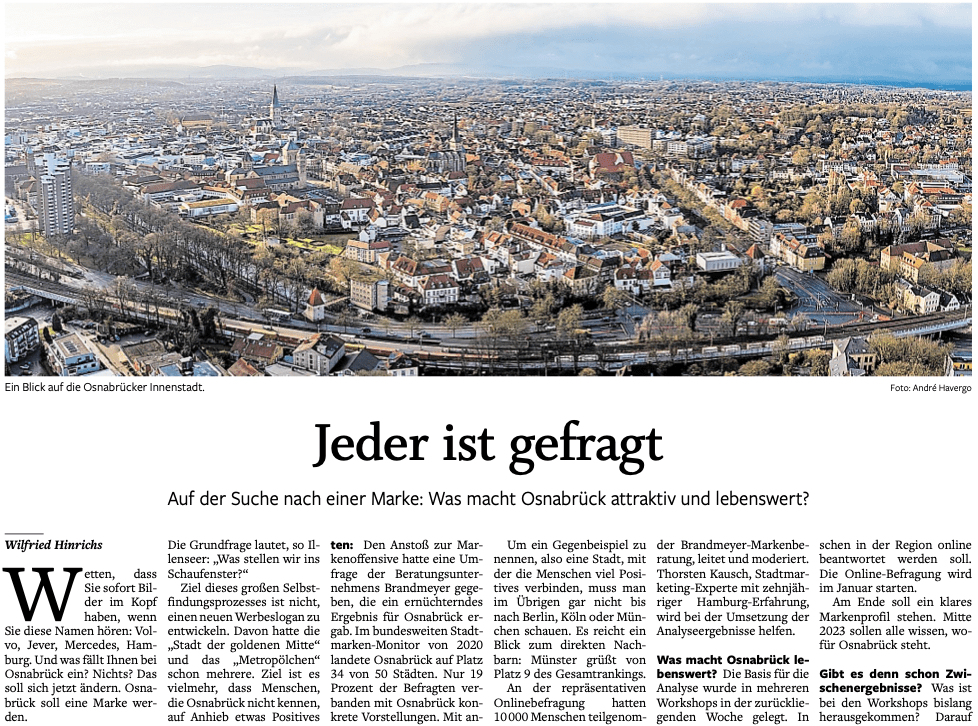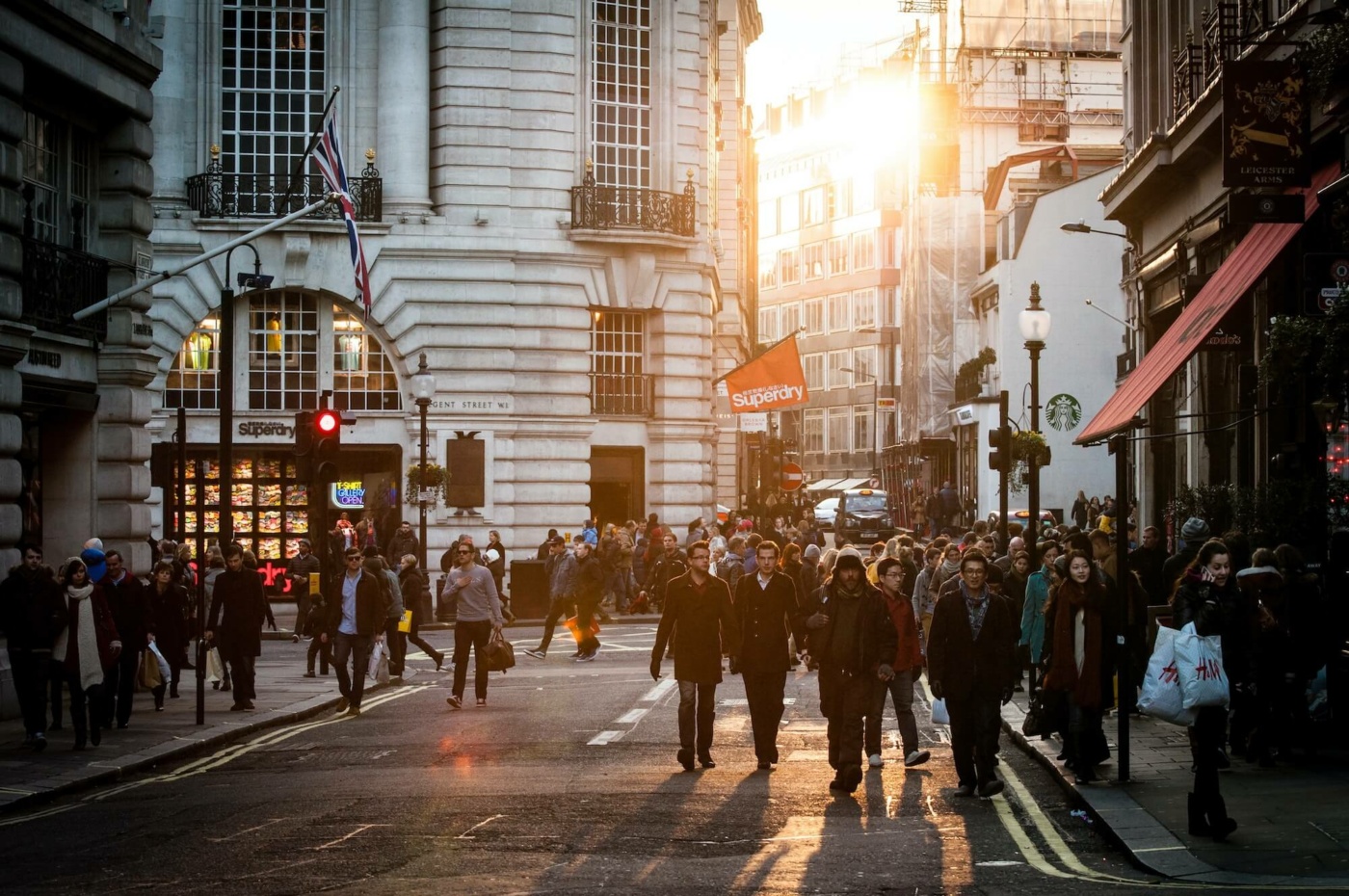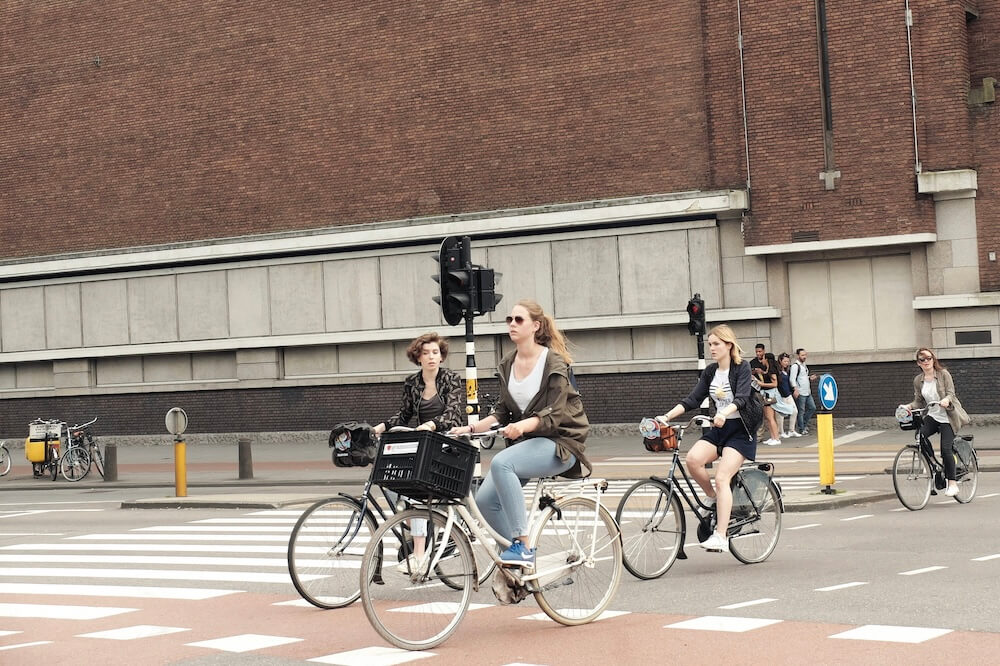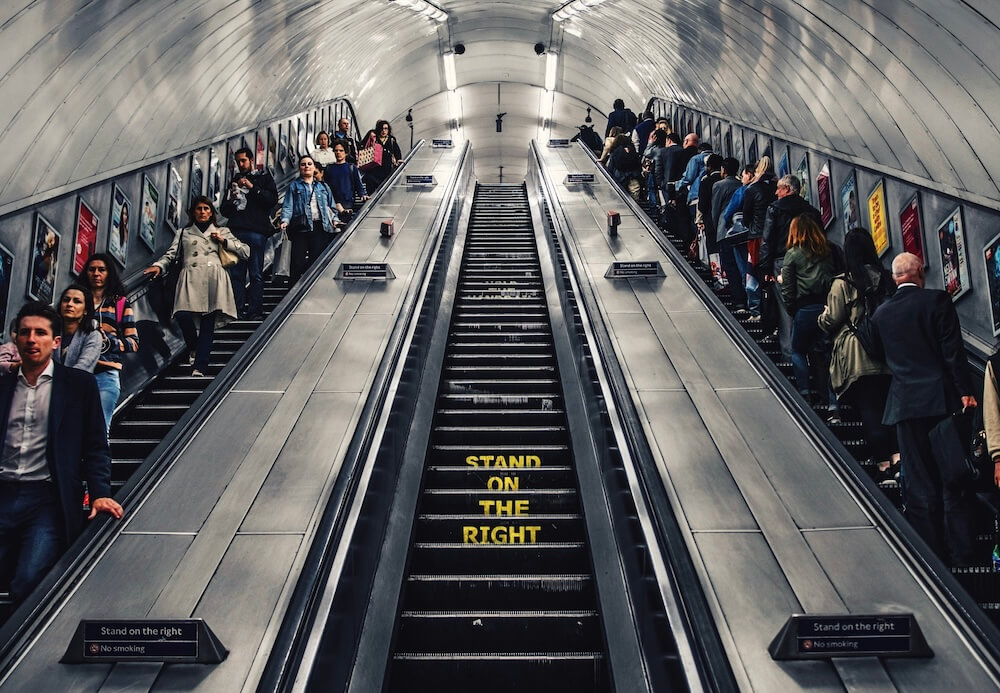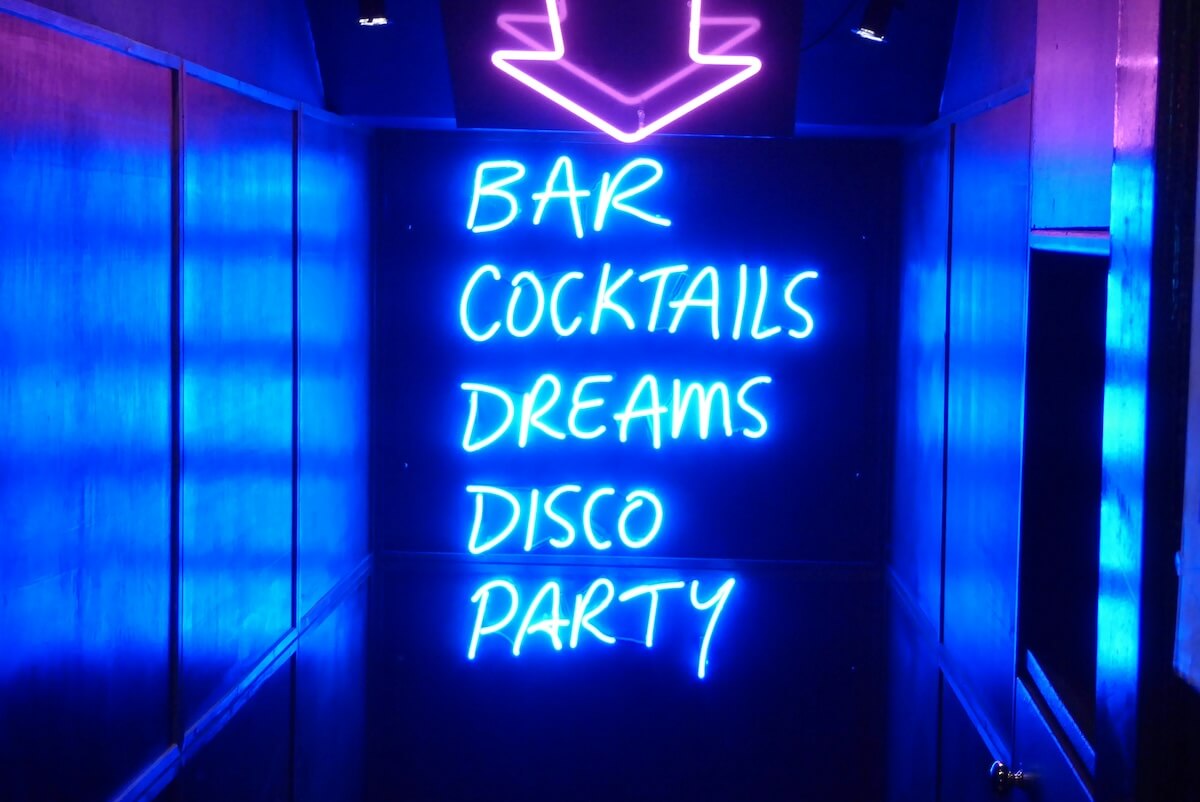
The night as a location factor?
The idea of a city that is alive and vibrant 24 hours a day fascinates and inspires, entices and seduces. The night-time economy in particular – consisting of clubs, bars, cultural institutions and other offerings – contributes significantly to the attractiveness of urban spaces. It provides jobs, attracts tourists and creates a unique atmosphere that characterizes the urban lifestyle.
However, at a time of increasing densification and growing conflicts between different user groups , the night-time economy also faces major challenges: How can a balance be struck between the needs of residents, night-time workers and tradespeople? What models and approaches are there to overcome these challenges?
Abstract:
Julia Staron is an expert on the night-time economy and a neighborhood manager in Hamburg. In this article, she takes a look at the opportunities and challenges of the night-time economy – and uses examples to show how cities can avoid or overcome conflicts.
The opportunities: night-time economy as the pulse of the city
Let’s first take a look at the opportunities of the night-time economy. It is important to be aware of these and to name them clearly – as strong arguments in favor of the night-time economy, but also as a basis for mediating and avoiding conflicts.
Night-time economy as an economic factor
The night-time economy is a significant economic factor. It creates important and often low-barrier jobs in the catering, security, culture and transportation sectors and makes a relevant contribution to the city’s added value: In Berlin alone, the night-time economy generates annual sales of over one billion euros. And in the Hamburg region, the gross value added of the music industry in 2019 was also over one billion euros (source: study commissioned by Hamburg Music).
Tourism and skilled workers: nightlife attracts
A lively nightlife not only attracts tourists, but also increases the attractiveness of a city for attractiveness of a city for skilled workers and companies. Young, well-educated talents in particular prefer cities with a diverse nightlife offering.
Definition: 24-hour city
A 24-hour city works around the clock: living, working, culture and services are also possible late at night or early in the morning. This also means that the city, businesses and transport services plan times and places so that people can get around safely. The term 24-hour city originates primarily from the field of urban development and urban planning.
Night-time economy as a creative nucleus
The night also offers space for subcultures, creativity and innovation, that often have no place during the day. In Amsterdam, for example, micro festivals have developed that are regarded as creative nuclei for new music genres.
Meet, connect, network – in nightlife
The Night culture is important for the city as an organism: It creates meeting places and spaces for encounters that promote social cohesion. Studies show that clubs and bars are often places where new networks are created.
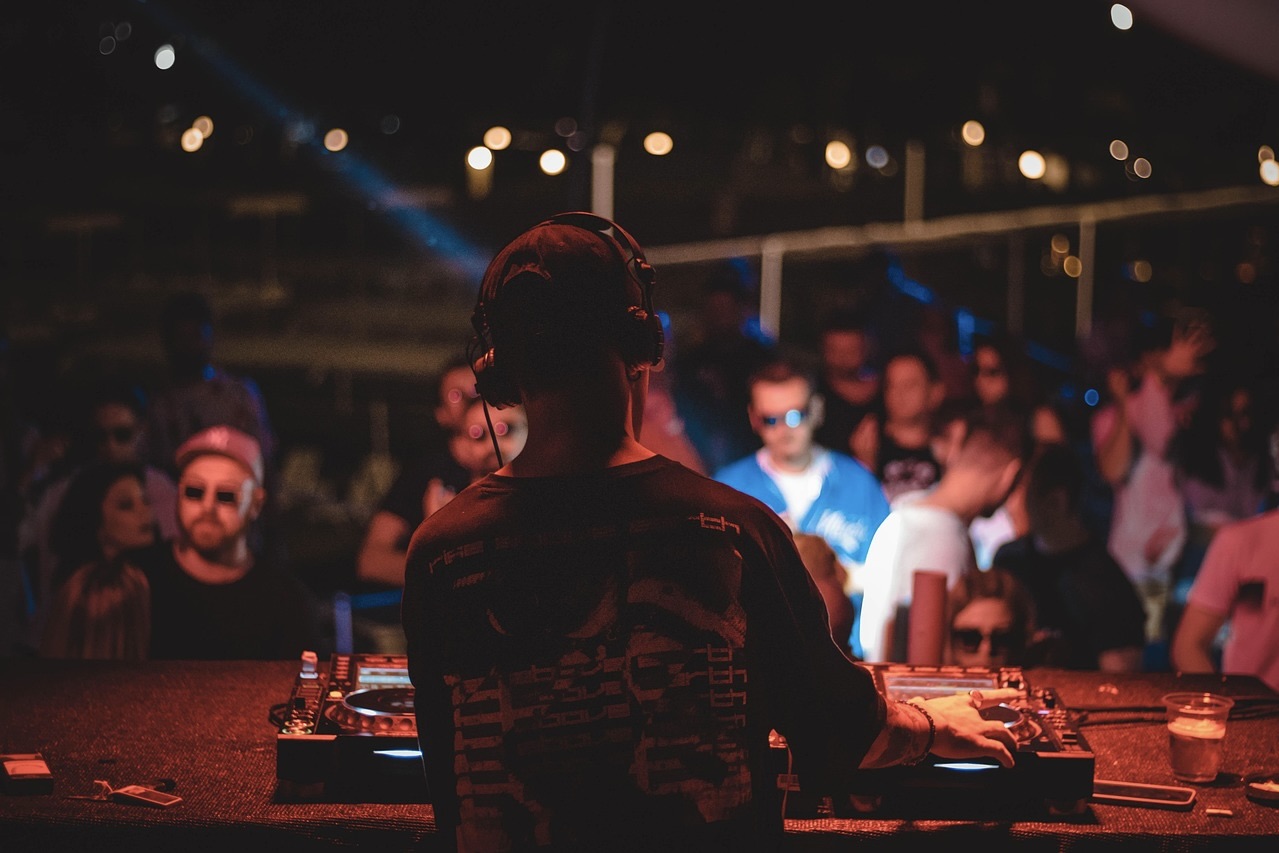
Clubs and bars are places for music and subculture, but also for meeting and networking
The conflicts: noise, congestion and safety
Nightlife makes noise
The main point of conflict is noise. Residents mainly complain about the noise associated with nightlife. This also includes the discussion about “corners”, i.e. hanging out on street corners, especially at night.
Nightlife puts a strain on infrastructure
Dense inner cities bring businesses, residents and night owls into close proximity and create real spatial conflicts – over parking spaces, open spaces and traffic.
Nightlife as a security risk
But safety also plays a role in the mix: alcohol, drugs and violence can tarnish the nightlife atmosphere. London has responded to this by setting up “Night Safety Hubs”, which serve as contact points for people in need. In Hamburg, the Clubkombinat is currently working on pilot projects under the title “to-be-aware”, with the first test runs scheduled for summer 2025.
“I love nightlife as a place of diversity and development. But I also see the conflicts that arise from it. Every day, right on my doorstep in Hamburg St. Pauli.”
How can we proceed? Models for conflict resolution
Being responsive
Many cities around the world have developed their own models to address conflicts in the context of the night-time economy. Regardless of the name given to these projects, the focus is on conflict resolution. The differences can usually be found in the governance structure.
It should be noted that it is always about mediation between the administration, residents and the night-time economy – in other words, communication. Direct and low-barrier accessibility is the basis for success – whether in the organization of “round tables”, in advocating for the needs of the night-time economy or in developing strategies for a sustainable night-time economy.
Think strategically, act in a coordinated manner
One focus should be the strategic development and integration of the night-time economy into urban planning processes. This is the only way to achieve real sustainability in
A specialized approach, such as that taken in Zurich, focuses on the cultural aspects of nightlife. The aim here is to promote cultural events and at the same time reduce conflicts with local residents. In Zurich, a “Night Culture Fund” has been set up to support innovative projects.
Testing and combining solutions
Many cities are already working on solutions to overcome the conflicts and mediate between the stakeholder groups. Ideally, these should address several issues simultaneously:
- Participation: regular dialog formats between residents, tradespeople and night-time activists. In Basel, for example, there are monthly neighborhood forums.
- Technological innovation: noise sensors and digital tools to detect and resolve conflicts at an early stage. Barcelona is currently testing an app that collects and evaluates real-time data on noise pollution.
- Urban planning: spatial separation of sensitive residential areas and night-time economy as well as the creation of “quiet zones”. The redevelopment of London’s Soho district shows how conflicts can be reduced through clever planning.
- Education: Awareness campaigns for respectful behavior in public spaces accompany conflict management. In Sydney, a campaign against littering was successfully implemented. In Hamburg, the focus is on “being kind”.
- Cooperation: Networking between the cultural and night-time economy to develop joint concepts. In Melbourne, nightclubs and theaters are working on interdisciplinary programs.
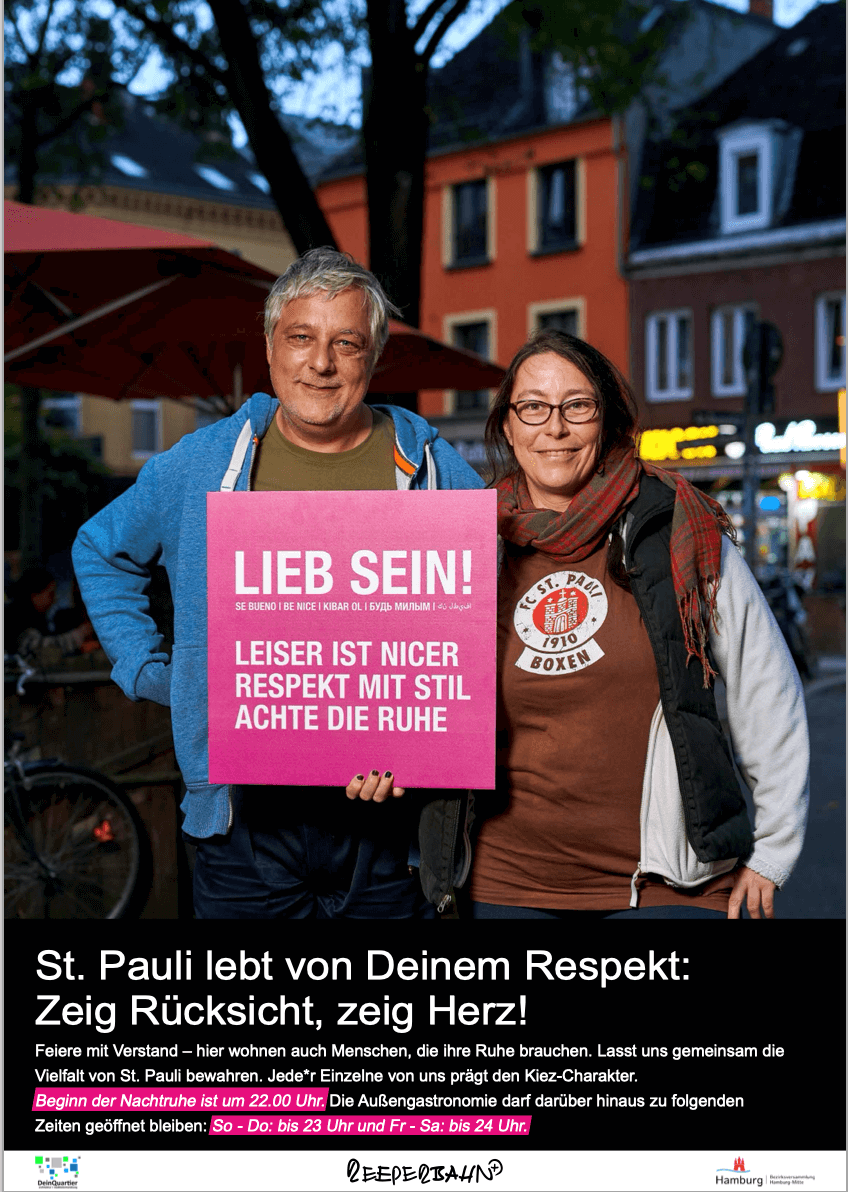
Poster for the Lieb sein! campaign in Hamburg’s St. Pauli district. The theme: Show consideration, reduce noise – especially at night between bars and parties
My conclusion
The night-time economy is indispensable for vibrant urban spaces. However, it also brings with it conflicts that can be resolved through smart management and mediation. The various models – from night-time mayors to technological aids – only develop their full potential in combination with participatory and strategic approaches.
A city that lives 24 hours a day ultimately needs a balanced mix of innovation, dialog and planning in order to reconcile the interests of all stakeholders.
Image credit: Unsplash.com, Pixaby

Julia Staron
is project manager at Stadtmanufaktur, artist and neighbourhood manager in the BID Reeperbahn in Hamburg
